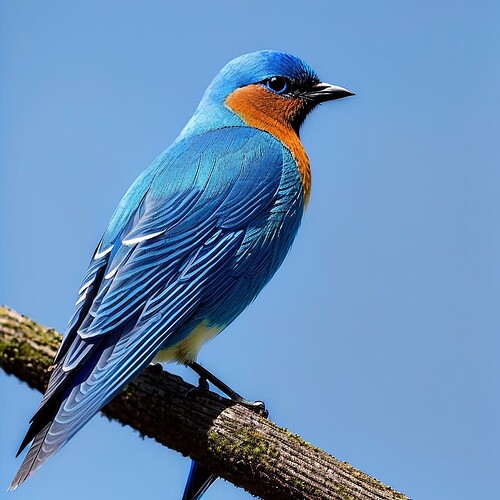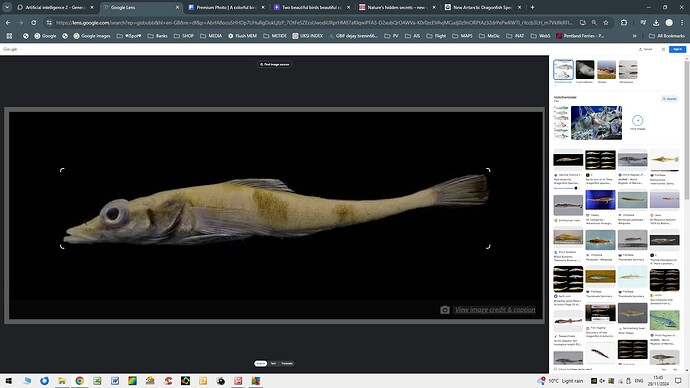Think there are many instances where the more you know the more the issues turn up as biology is messy and people like order. One expert may strive to put things into categories whereas another may think that it is going to far and think that it is not possible.
I think ORDER , i.e. putting things into categories, is for me, the essence of Taxonomy. But I agree that striving to categorise when there is insufficient evidence is not helpful. As lichenologists often say, "even with the specimen in front of you it can be difficult.
Perhaps also batologists, hieracologists and taraxologists.
Surprised to get this from Cornell… Hi Ken,
Thank you for contributing photos to eBird and the Macaulay Library. This November, we released a new version of Photo ID in Merlin, and we wanted to extend our gratitude for the important part you played in the creation of this new resource. 34 of your photos were used to train Merlin to identify birds in photos.
So perhaps we can all play a part in training the AI.
Encouraging that they have acknowledged using your work. Well done.
I generated a few unspecified bird images, and fed them into Google Lens. These are ones that could sort of pass for real species (orange tanager, blackbird and eastern bluebird). But in the process I noticed that if you give Google Lens an AI generated bird image the visually similar images include a lot of other AI generated images of birds.
I can foresee the proliferation of AI generated images breaking Google Image Search if corrective action is not taken.
Perhaps the images on ispot/inat etc before a specific date (the date of AI takeover) will suddenly become important
testing those images suggests to me that AI will not be fooled until you get the sightings verified. I suspect the AI programmers will be alert to False information (won’t they?)
This is a new 2024 Species of Dragonfish - Google lens got it right with a few entries
I suspect you are very optimistic!
Firstly the programmers have no idea what the AI is doing, they just give it a training set of images and it does the rest. There are some tweeks that can be done but it is basically a black box for the programmers as much as anyone else.
Having worked with the results of AI quite a lot now the one thing I can say is that the errors AI make are very different to the types of errors humans make e.g. two almost identical photos one can be correctly identified and the other is totally missed - something a human would not do. Then showing results can have mostly correct but a few totally wrong looking (to a human) nothing like what should be shown. Then up to other layers to find and sort out these errors, this is potentially where clever and expensive programming might be needed.
There is still the issue of where the training sets come from and what happens as they get more and more contaminated by AI generated images and wrongly labelled images in the first place.
We struggled to find a name for a pea flower - still not posted - tried all sorts of sites.
Bur then this one for the insect was really good - I was able to follow up on iSpot
AI is working - another example






